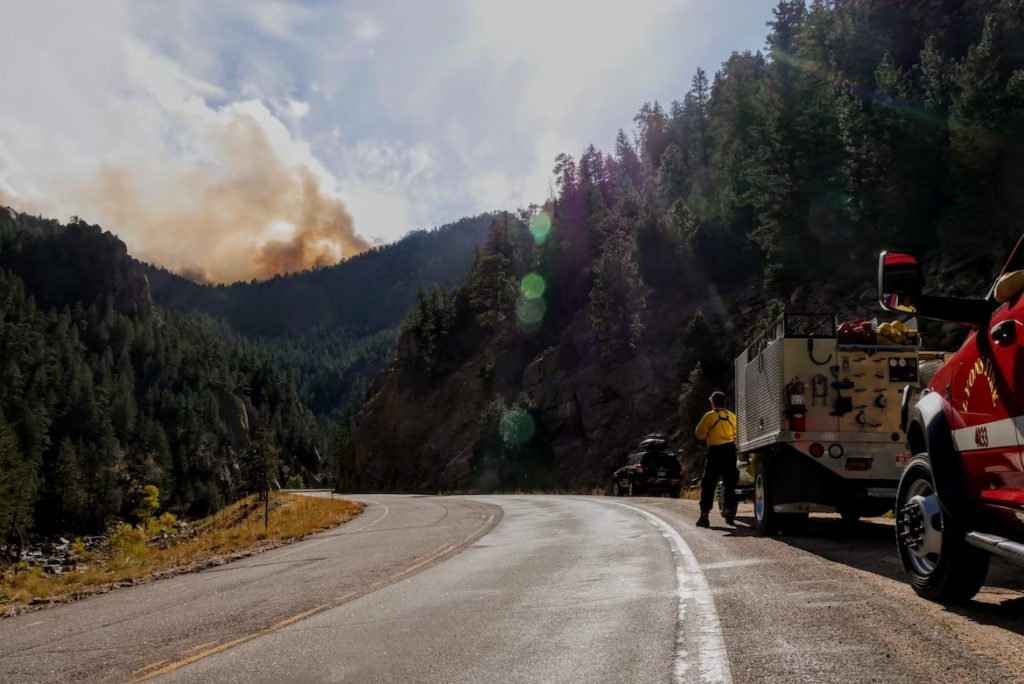When a disaster happens, people are often left feeling overwhelmed and confused about what to do next. Wildfire recovery is a long process that includes assessing and evaluating the damage and deciding on the next steps.
It takes persistence and patience to achieve the ultimate goals of rehabilitation, renewal, and re-vegetation. Even though it’s not easy, you can get started with the information we provide below.
Returning to the Fire Zone
Only enter a fire zone after the area has been cleared by the local authority. Once you’ve been able to enter the area safely, be careful about the following things:
- Use good judgment before you enter a burned area – Hazards like hidden holes, fire-weakened trees, and fallen branches may still exist, so be cautious.
- Report any electrical damage to authorities – Electric wires can cause further fires and shock people.
- Check the stability of the trees – Trees weakened by fire are hazardous, so make sure that you visually check the trees.
- Watch for ash pits – Ash pits are holes that obtain hot ashes and are a result of burns, stumps, and stress. If you fall into them, you can get seriously burned.

Returning to Your Home
If you’re a resident of a damaged home or structure, you need to take necessary precautions, including:
- Take care of yourself – Contact the Red Cross or other local disaster relief services. They will help you find shelter, medicine, food, and other necessities.
- Make sure it’s safe – Check with fire officials before you attempt to return to your home. If you perceive any danger, contact 911.
- Use a flashlight – If there are any chances of gas leaks or electrical damage, do not turn on electrical switches or light matches.
- Check for gas leaks – If you smell gas, get everyone out of your house. If it’s safe, open the windows, turn off the main gas valve, and contact the gas utility company.
- Check for smoke and sparks – Check the roof, exterior areas, and throughout the house for sparks and embers.
- Be aware of hazards – These hazards include unstable walls, floors, and roofs, sharp objects like glass or metal, and so on.
- Avoid getting overheated – While working, drink plenty of water to stay hydrated.
- Dress appropriately – Protect your eyes with protective glasses, and use a mask or damp cloth to cover your nose and mouth. Avoid running shoes and wear boots with thick soles that cannot be punctured.
- Prepare for the future – When rebuilding your home, look for fire-resistant building materials that will minimize your risk the next time.
Recovering Our Environment
Wildfires can damage the environment in many ways. Damage that could cause landslides or erosions, or have an impact on public safety, water quality, fisheries, endangered wildlife, infrastructure, or archeological sites, is generally repaired first.
- Rehabilitation activities include:
- Repairing damage to infrastructure
- Reforestation
- Timber salvage
- Rangeland recovery
- Community recovery
Do you want to know the quality of the air you breathe? Download AirCare – our free mobile app that tracks air pollution from your pocket, and check out the AirCare blog!





